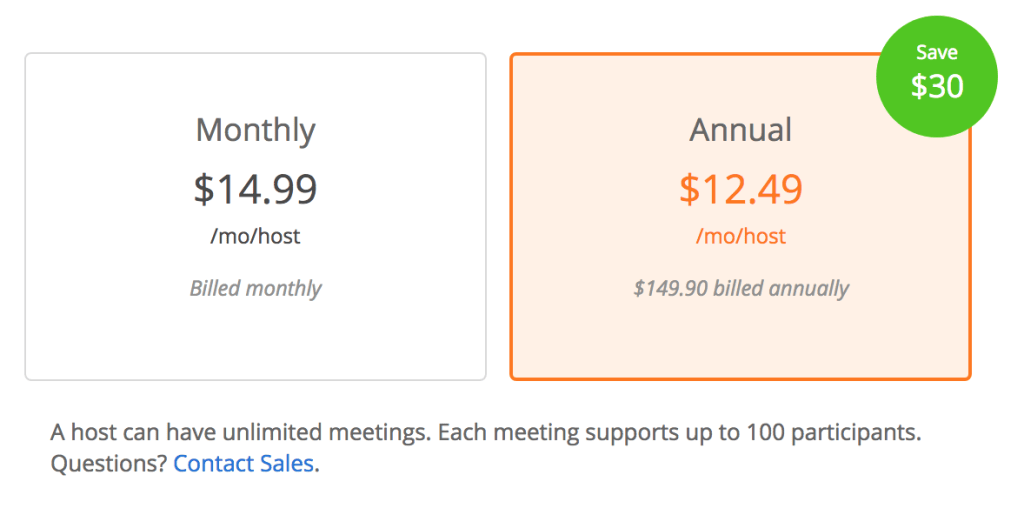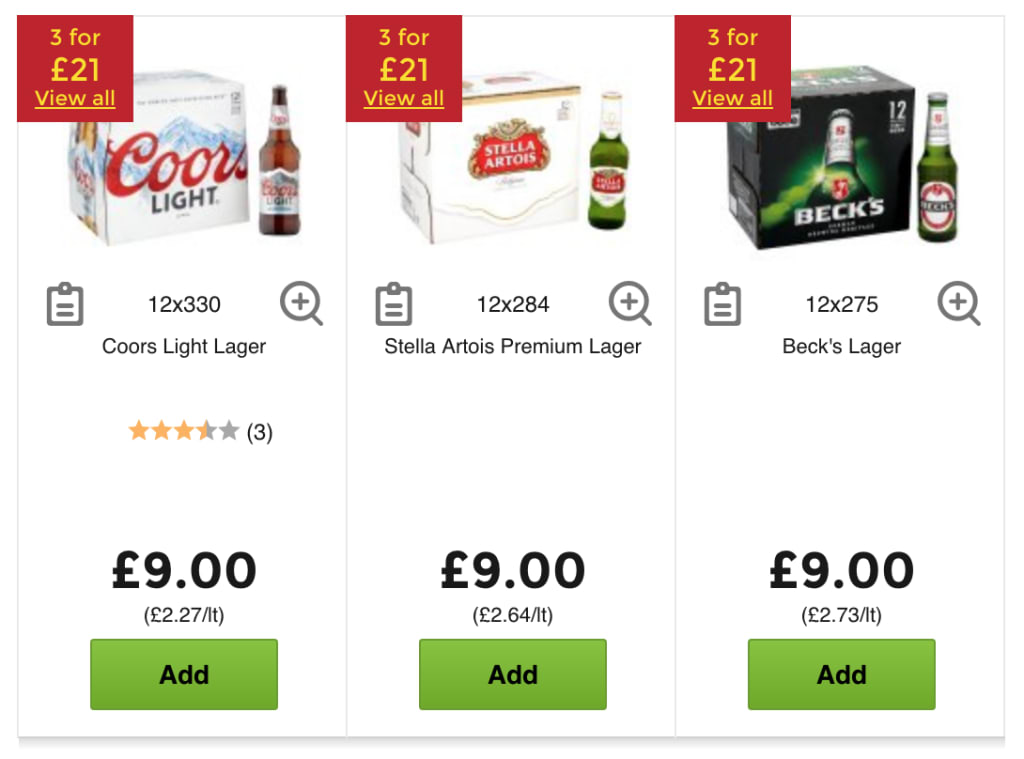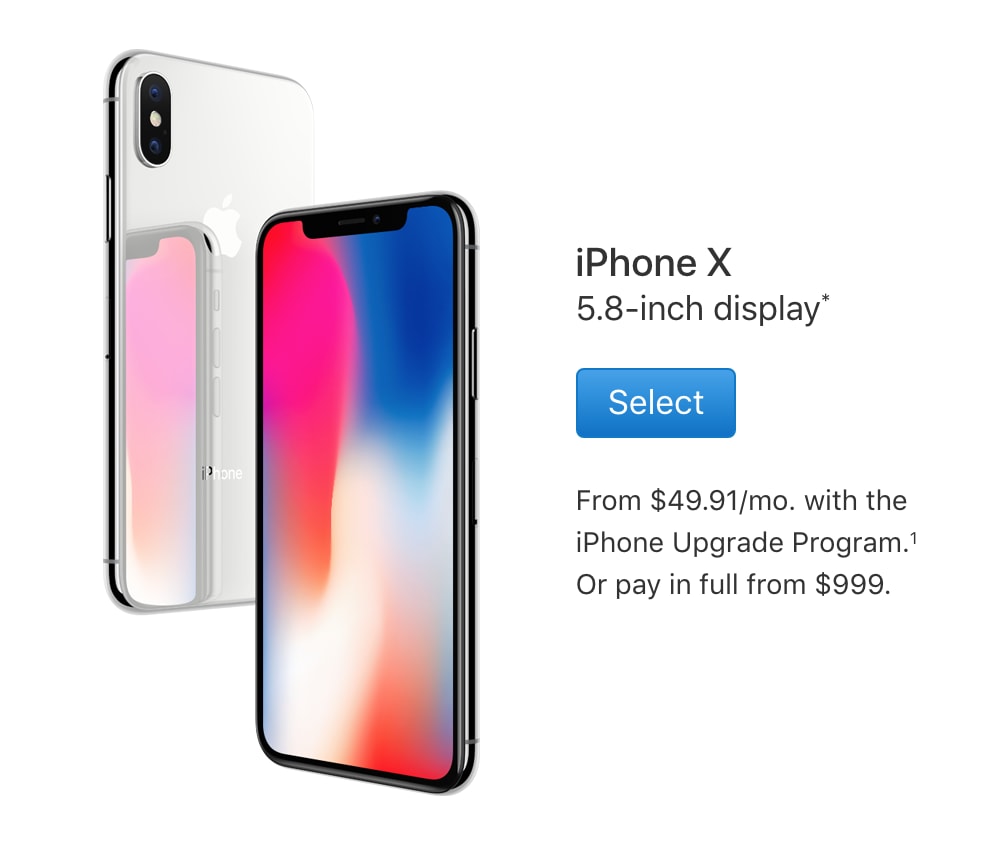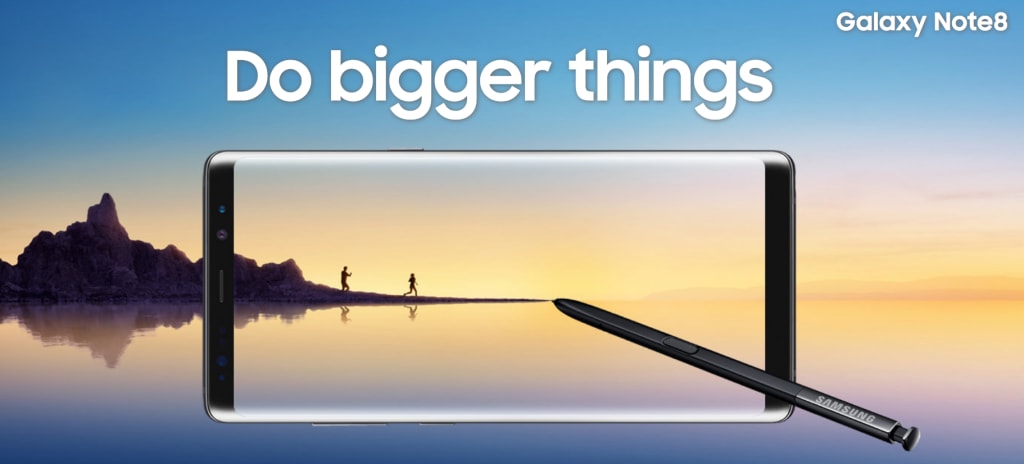Throughout 2017 we looked at a number of psychological devices marketers use to influence buyer decisions – and we’re not done yet. This week we’re looking at something called anchoring bias, which is one of the most fundamental principles in marketing today.
You’ll see this as you walk around the supermarket, compare different software platforms online and feel the temptation of discount promotions. And, as of today, you’ll be using it to boost conversion rates in your own marketing efforts.
What is anchoring bias?
Anchoring bias is the human tendency to put more weight on the first piece of information offered than everything that follows. During decision making, anchoring happens when the initial information influences the way people interpret following pieces of info and then form a conclusion.
For example, if you tell someone a product normally costs £9.99 they’ll instinctively think they’ve found a bargain when they see it advertised somewhere for £7.99. Likewise, they’ll assume the item is overpriced if they see it on sale somewhere else for £12.50. The first price acts as an anchor, influencing people’s interpretation of the prices they come across in the future.
Anchoring bias was first theorised by Amos Tversky and Daniel Kahneman in the 1960s. Various studies have shown how difficult it is to avoid anchoring since the pair theorised the phenomenon and this helps explain why it’s so effective in marketing.
So let’s look at how marketers use anchoring bias to influence buyer decisions.
#1: Original price vs discount

Next time you see promotion sales, pay attention to how retailers present their savings. In many cases, they’ll simply put the new discounted price and tell people they’re getting a bargain – but this doesn’t really illustrate the saving.
If you put the original price first, though, this acts as an anchor representing the true value of the item. Any discount price that follows instantly gains weighing because you’ve already anchored that initial price into people’s minds.
#2: Monthly vs Annual plans

This is a classic tactic used by software firms that exploits anchoring bias. Obviously, it’s far better for Zoom to get an annual payment of $149.90 from users upfront than a single $14.99 payment each month. But when it displays the annual price at $12.49 after the monthly price, it seems like people are saving money by signing up for a year even though they’re paying $134.51 more and tying themselves into a year-long contract.
#3: Manipulating price perception
Ever wondered why car dealerships put their most expensive models at the front of the display room when they’re typically the slowest selling models? When you walk past that £120,000 BMW i8 that £65,000 M5 suddenly doesn’t seem so expensive.
The same thing applies to every kind of luxury purchase. Start by showcasing your £16,000 honeymoons and £8,000 starts to sound more reasonable.
If you need proof this actually works, look no further than the hilarious $69 hotdog marketing ploy by Serendipity 3. The pricey food chain made headlines and even landed itself in the Guinness Book of World Records for the most expensive wiener in history – all of which resulted in masses of exposure for the New York eatery.
That wasn’t the victory though. Sales of the ludicrous $69 hotdog weren’t particularly impressive, despite all the press. But the sales of their $17.95 cheeseburgers – a price no-one in their right mind would normally pay – soared. People were drawn to the place because of the hype and opened their wallets because an almost $20 burger seems reasonable at a place that charged $69 for a hotdog.
They also sell a $1,000 sundae.
#4: Multiple unit pricing

Supermarkets have been milking this one for decades and people still queue up to hand over their cash for this classic trick. Multiple unit pricing is when you simply add a discount for buying in bulk – for example, three packs of beer for £21 instead of £9.00 each.
Again, the idea is to make people think they’re saving money when they’re actually buying something they don’t even need. Even if you only plan to buy one crate of beer, it’s hard not to buy three when it seems like you’re almost getting one for free. In fact, it’s hard to resist buying beer at all when you know it’ll keep and you’ve already “saved” your money.
#5: Price increases
Consumer tech brands do a great job of increasing the price of their products over the years – far more than inflation and their technology innovations often justify. Apple has been the champion of this, releasing a more expensive breed of devices with HD displays over the last half-decade.

The latest iPhone will cost you at least £999 in the UK after steady price increases put the iPhone 8 Plus at a starting price of £699.
Anchoring bias is working in two ways here. First, each progressive price hike seems less significant because the previous model acts as a new anchor. And then you have to iPhone X on the other side making a £699 starting price for the iPhone 8 seem less unreasonable – for a phone that’s pretty much the same as the iPhone 7 Plus, let’s not forget.
Unsurprisingly, sales of the iPhone 8 Plus and iPhone 8 have overtaken the iPhone X and can you guess what the three best-selling handsets in the US were at the end of 2017? Well done, Apple.
#6: Lead with your core selling point

Anchoring bias isn’t only something you can use to influence the perception of price. By leading with your core selling point, you also define how people interpret the information you then tell them about your product or service. If you convince them your product is innovative in your core selling point, everything on your spec sheet will appear innovative – even if it’s not industry leading.
#7: Gear Acquisition Syndrome
Gear Acquisition Syndrome (GAS) is the constant desire to add new equipment to your collection. It tells photographers that their £6,000 camera is no longer good enough, musicians that their 400kw amp is no longer loud enough and drivers that last year’s M5 isn’t impressive enough anymore.
Essentially, it’s the irrepressible habit of buying new things we don’t need.
This works a treat with consumer electronics because power users are obsessed with features and specifications. This is why people ditch their 4K TVs in favour of 8K displays even though there aren’t any 8K broadcasts available to get the benefit from the jumbo 8K resolution. It’s the same reason people buy computers based on processing power that many never use.
So what’s going on here? Essentially, previous specs are acting as an anchor for consumers and any significant improvement suggests there’s a better product out there. Except, the number of megapixels has a very small impact on the quality of pictures a photographer takes. Likewise, the power of an app does nothing to improve the talent of a musician or the quality of the sound being produced.
Anchor bias does wonders for conversion rates
Anchor bias is one of the most common and effective devices used by marketers. The truth is we’re suckers for this psychological ploy and we all convince ourselves that we make logical, calculated buying choices.
Which means people fall for this trick time and again while still convincing themselves that they don’t. So be sure to make the most of anchoring bias in your pricing strategies, web copy and advertising campaigns – it does wonders for conversion rates.




